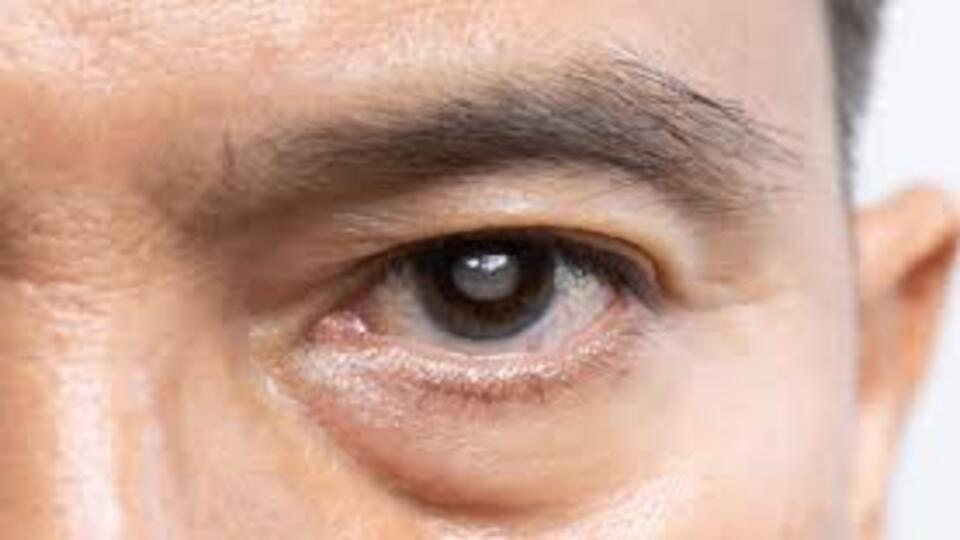Corneal Cross-Linking: Strengthening the Eye Against Keratoconus
31/10/2025

11/07/2025
Speaking about glaucoma, there are two types of glaucoma basically, Open-Angle glaucoma, this is the most frequent in clinical practice and Angle-closure glaucoma, clearly less frequent, however, this type of glaucoma can be prevented, and patients should understand what it consists of.
Glaucoma is a group of eye conditions that cause irreversible damage to the optic nerve. There are many risk factors involved in the development of glaucoma, such as genetic factors, age, race and ethnicity, specifical characteristics or the anatomy of the eye, and increased intraocular pressure.
The more common type of glaucoma is the primary Open-Angle glaucoma, which has no clear cause identified, but in this type of glaucoma, the drainage angle formed between the iris and the cornea is open. Nevertheless Close-Angle glaucoma occurs when the drainage angle formed by the iris and the cornea closes or becomes obstructed. If this happens suddenly, it is a medical emergency.
In most cases, drainage angle blockages are due to the structural anatomy of the eye. Specifically, they are more likely to occur if there is a shallower angle between the iris and the cornea, this condition can be evaluated through a direct vision of the angles doing a gonioscopy, this is a test, a little uncomfortable for the patient, because we should put a lens in the eye to assess directly the angle, or can be checked with an anterior chamber tomography (AS-OCT).
In close-angle glaucoma we have basically 2 scenarios:
Acute close-angle glaucoma is an urgent but uncommon dramatic symptomatic event with blurring of vision, painful red eye, headache, nausea, and vomiting. It happens when the angle suddenly block, and the intraocular pressure increases very fast and very high. Diagnosis is made by noting high intraocular pressure (IOP), corneal edema, shallow anterior chamber, and a closed angle on gonioscopy. Medical or surgical therapy is directed at widening the angle and preventing further angle closure. If glaucoma has developed, it is treated with therapies to lower IOP and open the angle.
The second scenario is chronic angle-closure glaucoma is diagnosed by noting peripheral anterior narrowing of the angle and sometimes synechiae on gonioscopy, as well as progressive damage to the optic nerve and characteristic visual field loss. This group of diseases can be reversible if there are no adhesions established (synechia) with peripheral iridotomy laser (YAG laser).
Laser peripheral iridotomy (LPI) is a medical procedure that uses a laser device to create a hole in the iris, thereby allowing aqueous humor to traverse directly from the posterior to the anterior chamber and, consequently, relieve a pupillary block. It is commonly used to treat a wide range of clinical conditions, encompassing primary angle‐closure glaucoma, primary angle closure (narrow angles and no signs of glaucomatous optic neuropathy), patients who are primary angle‐closure suspects (patients with reversible obstruction), and even eyes with secondary causes of iridocorneal angle closure.
The definitive test for diagnosing angle closure is a gonioscopy. This is a technique used for viewing the anterior chamber angle of the eye for evaluation of angle structures. Special contact lenses (gonioscopy lenses) allow visualization of the angle using obliquely inclined mirrors, should be performed in both eyes on all patients in whom angle closure is suspected. The angle can be closed even in the absence of any other symptoms or signs.
Complementary to the gonioscopy, we can make an objective imaging of the angle either via ultrasound biomicroscopy or OCT. The AS-OCT is the fastest and most comfortable test, can be performed easily and without any discomfort for the patient. Anterior segment optical coherence tomography (AS-OCT) is a valuable tool for evaluating narrow angles and angle closure, which can be a precursor to angle-closure glaucoma. While gonioscopy remains the gold standard for diagnosing angle closure, AS-OCT offers several advantages, including non-contact imaging, ability to be performed in darkness, it helps a lot to assist the patient to understand what issue is and after the LPI can even see the results of the anatomical changes. LPI is a preventive technique, which in many cases the patient does not fully understand, so this type of imaging instrument does help to clearly visualize the situation for the patient.
For consultation, please contact us:
Our team will be pleased to assist you.